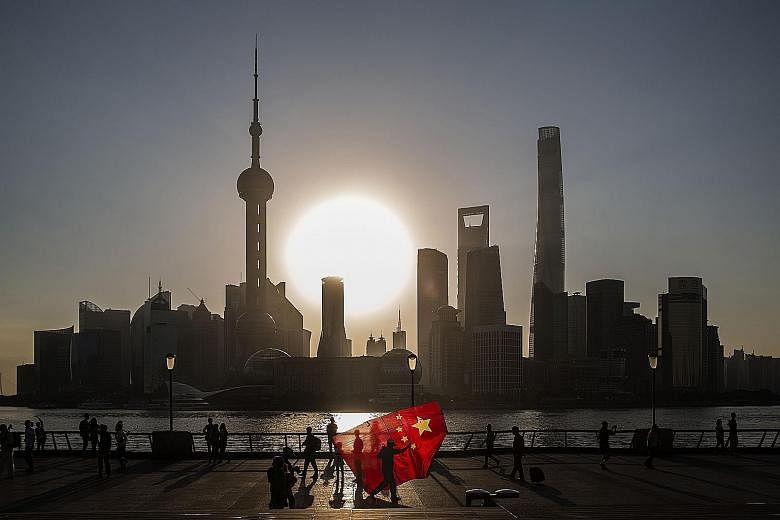After an estimated US$260 million (S$360 million) poured out of emerging markets in the third quarter in response to China's slowdown, signs are emerging that the pace of outflows started to ease at the end of the quarter.
According to Capital Economics, the third-quarter outflow exceeded the exodus at the height of the global financial crisis.
"Aggregate emerging market capital outflows continue to be driven by China, although we think there is less cause to worry about this than some of the more hysterical headlines would suggest," Mr William Jackson, the research group's senior emerging markets economist, said. For one thing, recent data showed that the People's Bank of China sold less foreign currency in August than previously thought, he explained.
Much of the flow from China also reflects exporters accumulating foreign currency deposits abroad and repaying external debt rather than investors making a panicked dash for the exit, he added.
And, while the fall in capital inflows to emerging markets has been dramatic, inflows are still higher than during other periods of market stress, such as the euro zone debt crisis in 2011 and the "taper tantrum" in 2013, according to the group. Capital inflows to emerging markets fell to about US$60 billion in the three months to September, down from levels of over US$100 billion previously, it said.
Mr Adam Reynolds, Asia-Pacific chief executive of Saxo Capital Markets, said some capital inflows have returned as "emerging markets now represent much better value than earlier in the year".
Still, investors are expected to pull US$540 billion from developing markets this year, according to the Institute of International Finance, which could leave total emerging market inflows below 2008 levels for the full year.
But Bank of America Private Wealth Management, in its latest weekly capital market outlook, downplayed the forecast, saying emerging economies are "far better equipped to withstand challenging external conditions than they were in the past." The report cited stronger current account positions, an increase of more than tenfold in foreign currency reserves since 1997, floating exchange rates and limited signs of over-investment.
While emerging economies have clearly slowed, their growth rates are nowhere near as disastrous as the negative headlines would suggest. Major economies within Asia have been performing better, with India and the Philippines widely cited as top performers.
"While much of the pessimism has been focused, rightly, on slower industrial activity, it is the service sectors more tied to consumer activity across finance, insurance, healthcare, retail that account for a larger share of total output today - even in China. While we remain cautious on emerging market equities themselves, we do not see the current weakness developing into an EM- wide recession," the report said.


